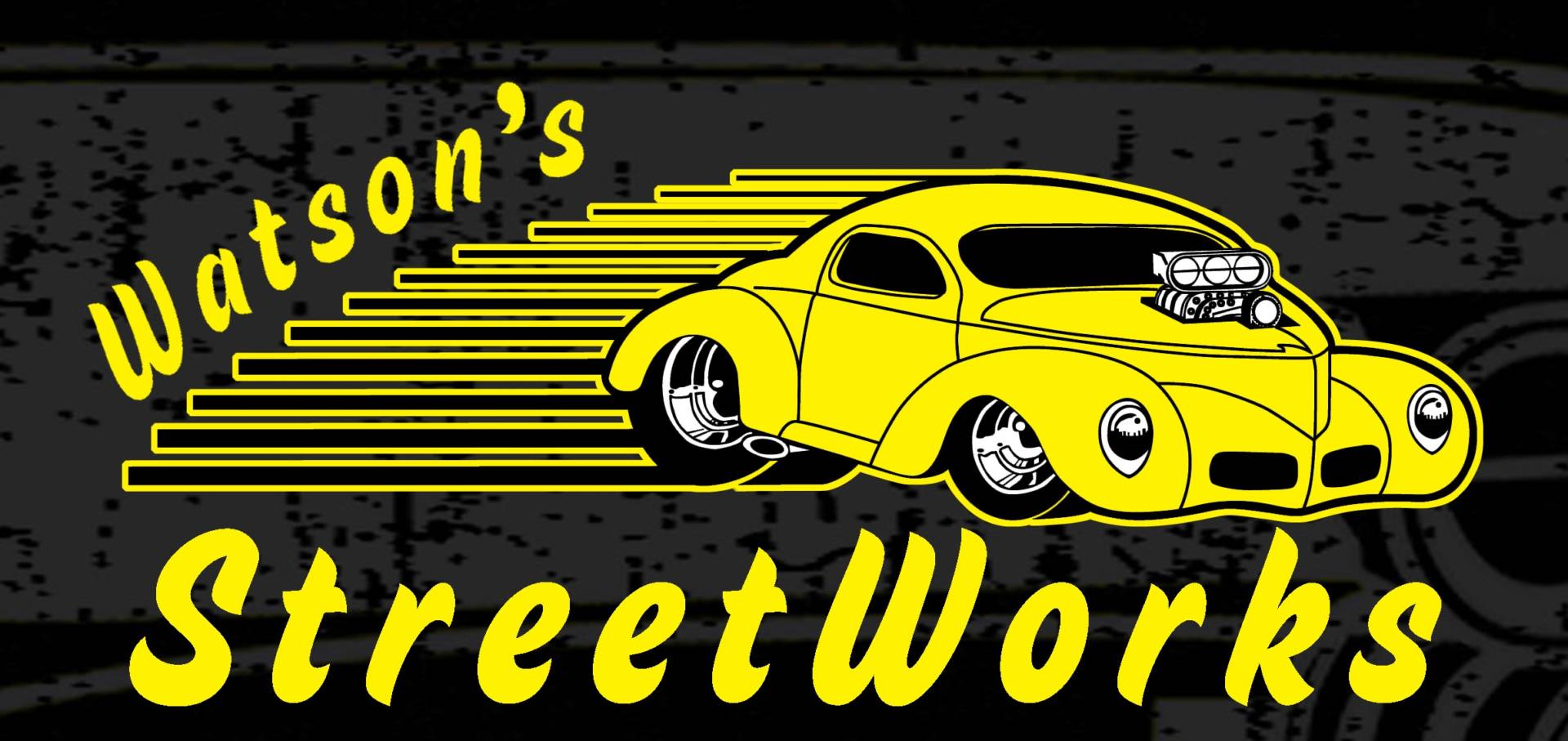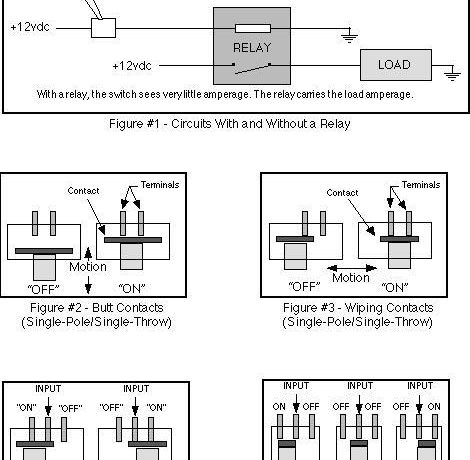Shopping for Switches Leave a comment
Here’s a PDF Download of this article.
Switches
“Shopping for Switches”, Important Considerations
by Steve Watson
In order to achieve the new look in dash boards and/or consoles we need to consider switch
options that are completely different from what existed “back then” . We want switches for
everything and we want them to look right in our ride. But before we go shopping for switches,
let’s review a few terms and details that will help us to make good choices so we get exactly
what we want.
To begin, we should know what we want to switch, for example: ignition/start, headlights, park
lights, wipers, etc. What is the function of each switch? Ignition and headlights are on/off
switches, while start and power windows are momentary switches that only energize while we
hold them.
Next, determine for each function what the load will be. Load parameters include both the
voltage limits and the amperage rating. Make sure that they are listed in dc values for
automotive use. As a rule of thumb, a switch capable of handling a larger amperage will also be
a larger (and often ugly) switch. The trick way to get around this is to use a relay.
A relay is a switched switch. That is, we can use a small, attractive switch on the dash to signal
a relay to switch on the power to a high amperage circuit. Our dash switch only needs enough
rating to signal the relay, about 200 milliamps (0.200 amps) or less. While the relay (which is
hidden out of sight) can then do the power switching of 20, 30, 40 amps or more. We get our
small attractive switch and power, too! (See Figure #1)
For either a switch or relay, the bigger the rating the better. If we use a 15 amp rated switch to
control a 15 amp draw circuit, we are asking the switch to max-out every time and its life
expectancy goes down. But if the switch is rated well above the circuit draw, its life expectancy
goes up and will probably wear out before it will burn out.
A major factor in the rating of a switch is its contacts. This info may not be available to you but
it’s good to know. Contacts are the point inside the switch were the circuit actually makes/breaks
and the switching occurs. “Wiping” types of contacts, where one contact moves across the
other, help to clean or wipe dirt, tarnish, and oxide off the contact surface and increase switch
life. “Butt” contacts, where one contact butts up against the other, provide no cleaning motion.
The typical hydraulic brake switch uses butt contacts. (See Figure #2.) When the hydraulics
pressurize, a small contact plate is pushed against two stationary contacts and the circuit is
made. But as the contacts are close to connecting, an arc will occur, both as the contacts make
and break. This arc produces oxides and carbon on the contact surface, neither one of which
are good conductors. Without cleaning action, these bad guys build up and it takes more
pressure to make the connection until, eventually, they are too thick to overcome. A switch with
wiping contacts (See Figure #3), cleans itself and actually reduces arcing to begin with.
Size, material and shape determine the rating of contacts. Plain copper or copper alloy contacts
are sometimes used (like in those hydraulic brake switches) but are susceptible to oxides. Silver
is better and more common because of its excellent conductivity. Gold contacts are used for low
amperage switching where long periods of no use are common, like for air bags, but are less
common due to higher cost.
The term poles refers to the number of different circuits that one switch can handle at the same
time. (This can be equated to the number of positive leads into the switch.) A single-pole switch
handles one circuit, a double-pole switch handles two, etc. In fact a double pole switch is like
having two single pole switches inside the same switch body and having both controlled by the
same lever or button.
The term throws tells the number of circuit paths that any one pole of a switch can
accommodate. (This can be equated to the number of “down-stream” lines out of the switch for
each pole.) For example, most switches are single-pole/single-throw (abbreviated SPST) and
switch one circuit “on” or “off”. In comparison, a single-pole/double-throw switch (SPDT) can
switch power from one source to two different outputs (one or the other but not both at the same
time) and may or may not have a center “off” position (See Figure #4 and #5). What you want
the switch to do determines how many poles and throws you need it to have.
Switches are available with different terminals for connecting the switch to the circuit wiring.
Solder lug, screw-on, and push-on are the most common. Thanks to the variety of wire terminal
connectors available, it hardly matters what the switch has, we’ll still be able to connect to it.
Warning! Be careful soldering wires onto switches. Don’t overheat switch terminals as you can
melt plastic units or damage the switch internally.
And finally, we’ll have to choose the basic type of switch that we want – toggle, push button,
rocker, slide switch. Will it be metallic, black, or some color; illuminated or non-illuminated. The
choices are many. But when it comes to getting that just right look for the street rod or custom
car, it’s worth the effort to make sure we get exactly what we want.
Here’s a PDF Download of this article.



